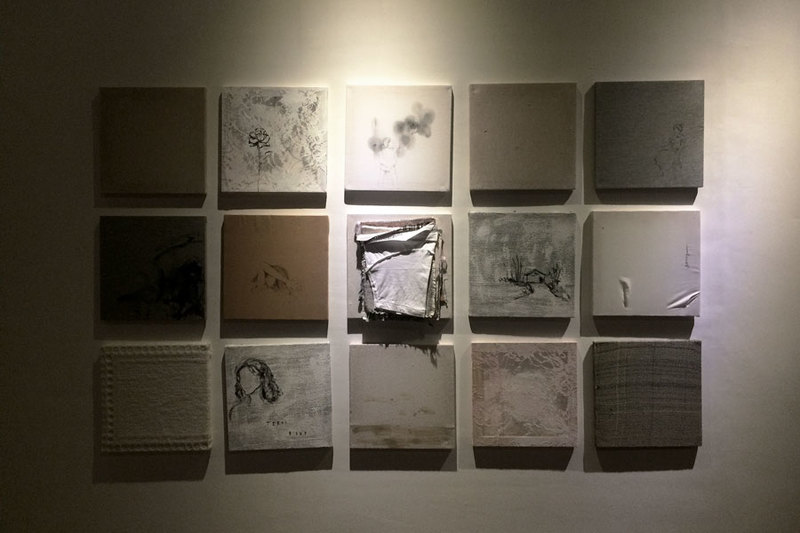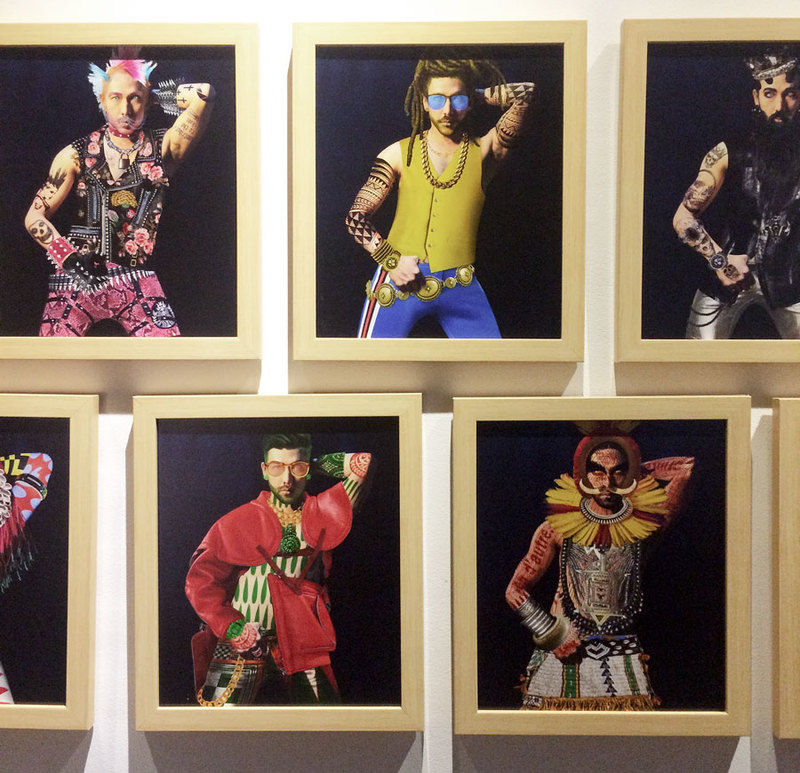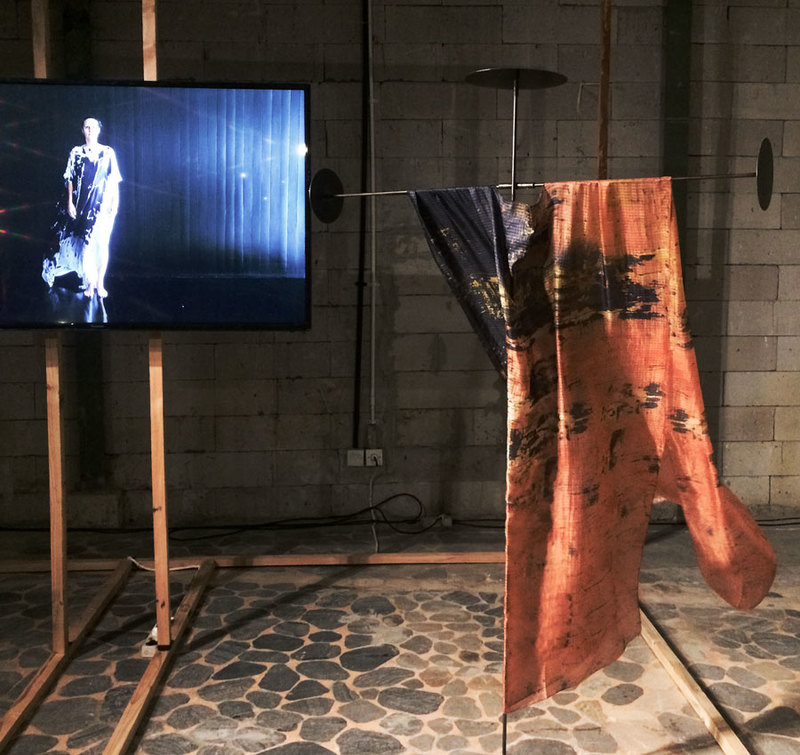When art meets fashion, it may cause contradiction but it’s also reciprocal. Martell, the oldest of the great cognac houses, has consistently supported the art industry. Its annual contemporary art exhibition titled “ART x FASHION” highlights the close relation between those two industries.

Photo by Rintang Azhar/NOW!Jakarta
For the first time, Martell experiments with the artistic concept by combining fashion and art in one place in order to create a broader interaction for both fashion and art enthusiasts. With the tagline “What You Wear Is (NOT) What You Are, You Are (NOT) What You Wear”, the exhibition showcased 13 works consisting of artist and fashion designer installations finding the common ground between their worlds.
The exhibition, which was open for public until 3 December at the Warehouse, Plaza Indonesia Mall Jakarta, focused on the social construction of fashion in various forms such as paintings, photography and installations.
In understanding the artistic concept, Rifky “Goro” Effendy, the curator of Art x Fashion exhibition explained that the team tried to find answers to the question how fashion could be described in cultural aesthetic. Designers and artists explain the idea of clothing, which is related to the body, consumerism and non-verbal identity.
“Our body is very fluid when people use fashion and it appears on social media or in magazines. People can be this and that. It’s all about the image of fashion, mainly driven by capitalism. For example, women feel beautiful when they are stylish, but at the same, it is also a construct by the perception of a male-dominated culture,” Effendy said at the opening of ART x FASHION exhibition.
Designers and artists explain the idea of clothing, which is related to the body, consumerism and non-verbal identity.
– Rifky “Goro” Effendy, the curator of Art x Fashion exhibition
Effendy added that the vision of the exhibition is to blend the art with fashion. “It’s all critical and symbolic. People may think that it's a fashion exhibition but it's more than that,” he added.

(2017). Photo by Rintang Azhar/NOW!Jakarta
Miranti Minggar’s installation “The Mirror I & II : Queen of Club” (2017) is truly profound critique of the fashion industry: it shows two sides of a Queen playing cards, made by pencil on wood. The reflection of the queen represents the constructed fashion image on social media by seeing how people use the platform to gain popularity and benefits.
As a marking system, fashion can become a cultural indicator to define social stratification, class, economic status, and occupation. Fashion is about self-actualization, which sometimes doesn't reflect with one’s original personality – a common feat when it comes to job commitment and professionalism. In conclusion, style is inevitable, for the sake of social existence.
Yudi Yudoyoko on his framed installation “APPS : Self Portraits as Someone Else” explains how a certain style has the power to transform one’s self-image: people can either look masculine, androgenic, like a punk, a rebel or any other persona that can easily be created depending on the style of clothes put on the human body.
Sarita Ibnoe’s installation “Memori Sandang – The Memory of Clothing” reminds visitors on how people dress when they are of a certain age – a human memory lane. Some people change their way of clothing based on occasion and necessity, yet, it appears that fabrics hold a value by feeling and touching the texture.
Erwin Windu Pranata “You are What You Wear” showcased the artifact of clothing, jewelry and other fashion accessories. It’s a conviction that clothing has a strong influence on the image of a person. Through its role to form a certain image, it also often issues a stereotype of a person's appearance.

It’s a conviction that clothing has a strong influence on the image of a person. Through its role to form a certain image, it also often issues a stereotype of a person's appearance.
– Erwin Windu Pranata, the Artist
Other artists such as Lie Fung, Dita Gambiro, Nurrachmat Widyasena, Geugeut Pangestu and Maharani Mancanegara narrated a similar constructed meaning in their works.
In the Fashion Designer section, “Art to Wear” by Susanna Perini – also known as the Creative Director of Biasa Group – is a collaborative work with Belgian Artist Jyoti Perenco. The installation comprises painted silk fabrics hanging in the wind, while women are seen walking in caftan dresses on a plasma screen. “Art to Wear” shows the originality of fabric that builds personal connection with human.
Other designers, such as Tarma Sirait and Rinaldy A Yanuardi, shared their imagination through fashion in art for the exhibition.







